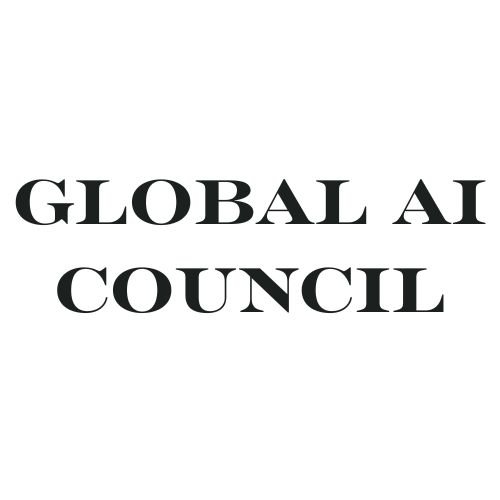The Challenges and Opportunities of AI in Developing Countries
Artificial Intelligence (AI) holds immense potential to transform economies and societies, offering new opportunities for innovation, growth, and development. However, the adoption and implementation of AI in developing countries come with unique challenges. Here’s a look at the challenges and opportunities of AI in developing countries and how they can navigate this rapidly evolving landscape.
1. Infrastructure and Connectivity
Challenge: Many developing countries lack the necessary infrastructure and connectivity to support AI initiatives. Limited access to high-speed internet, reliable power supply, and advanced computing resources can hinder the deployment of AI solutions.
Opportunity: Investing in infrastructure development can create opportunities for AI adoption. Improving internet connectivity, building data centers, and providing access to cloud computing services can enable developing countries to harness the power of AI.
2. Data Availability and Quality
Challenge: AI algorithms require large amounts of data to learn and make accurate predictions. However, developing countries may face challenges in accessing and maintaining high-quality data due to limited resources and data governance issues.
Opportunity: Developing countries can leverage AI to improve data collection and analysis. AI can help streamline data collection processes, enhance data quality, and uncover insights that can inform decision-making and policy development.
3. Skills and Education
Challenge: Developing countries may lack a skilled workforce trained in AI technologies. There is a shortage of AI experts, data scientists, and engineers with the necessary skills to develop and implement AI solutions.
Opportunity: Investing in education and training programs can build a skilled workforce capable of leveraging AI. Developing countries can collaborate with educational institutions and industry partners to offer AI training programs and upskill existing workforce.
4. Ethical and Regulatory Considerations
Challenge: AI raises ethical and regulatory concerns related to privacy, bias, and accountability. Developing countries may struggle to establish and enforce regulatory frameworks that address these issues.
Opportunity: Developing countries can use AI to address ethical and regulatory challenges. AI technologies such as blockchain can enhance data privacy and security, while AI algorithms can be designed to minimize bias and promote transparency.
5. Socioeconomic Impact
Challenge: The adoption of AI may exacerbate existing socioeconomic disparities in developing countries. There is a risk that AI technologies could lead to job displacement and widen the digital divide.
Opportunity: Developing countries can use AI to create new job opportunities and drive inclusive growth. AI can empower individuals and communities by providing access to information, education, and healthcare services.
6. Collaboration and Partnerships
Challenge: Developing countries may lack the resources and expertise to develop AI technologies independently. Collaboration with international partners and organizations can help overcome these challenges.
Opportunity: Developing countries can benefit from international collaboration and partnerships in AI. Knowledge sharing, technology transfer, and joint research initiatives can accelerate AI adoption and innovation in developing countries.
Conclusion
AI presents both challenges and opportunities for developing countries. By addressing infrastructure and connectivity issues, improving data availability and quality, investing in skills and education, and addressing ethical and regulatory considerations, developing countries can harness the power of AI to drive economic growth, improve public services, and enhance quality of life. Collaboration and partnerships at the national and international levels will be crucial in ensuring that AI benefits all segments of society and contributes to sustainable development in developing countries.
